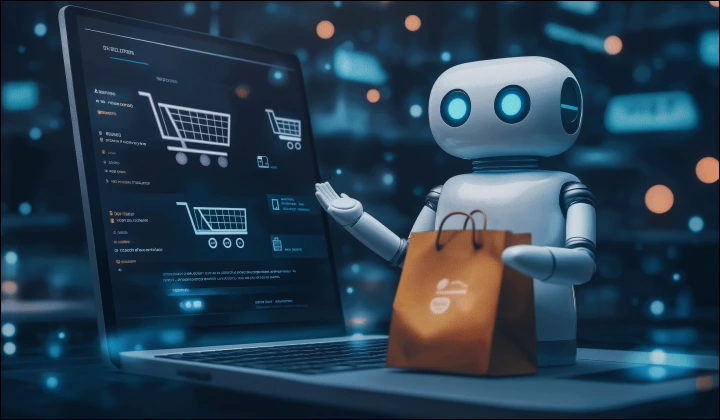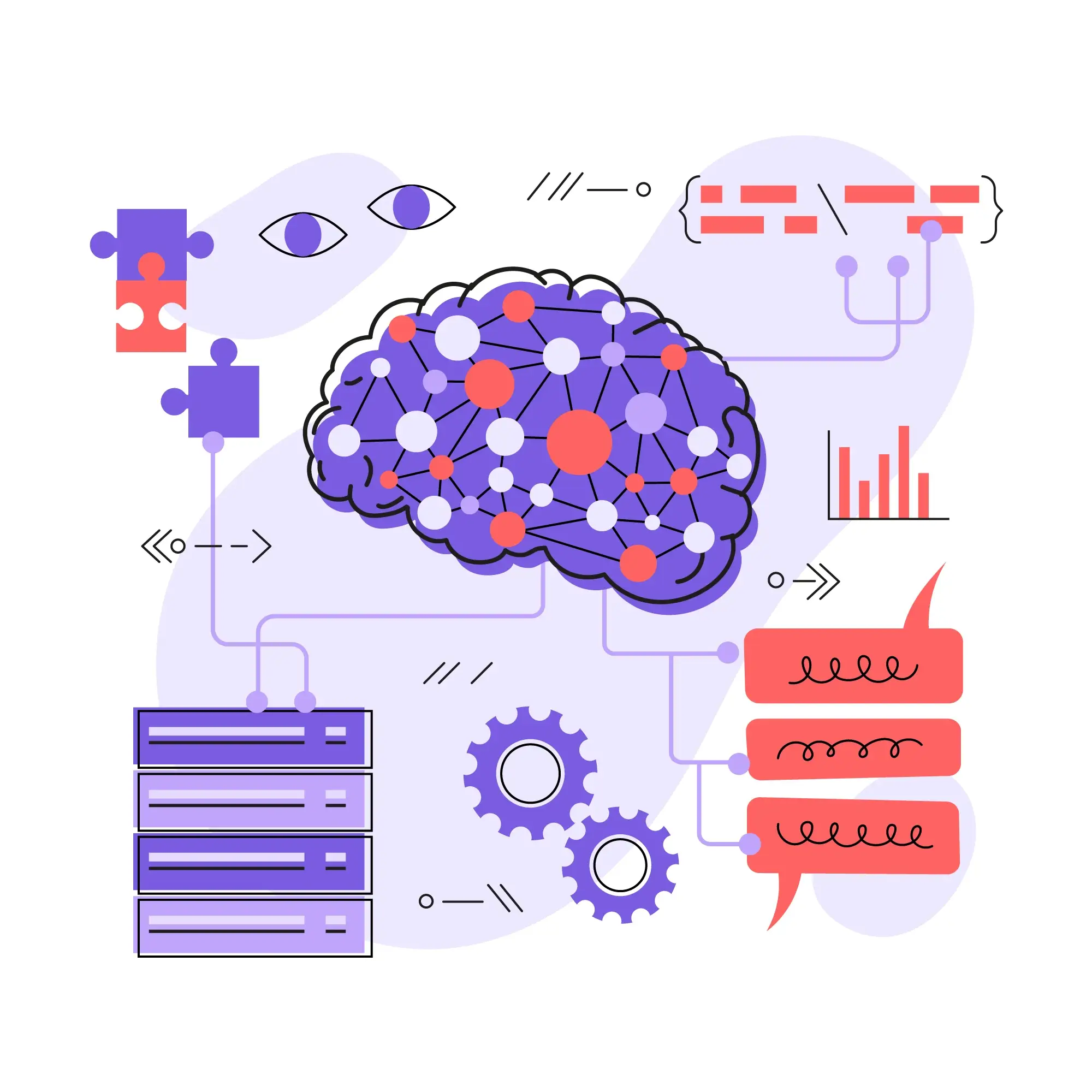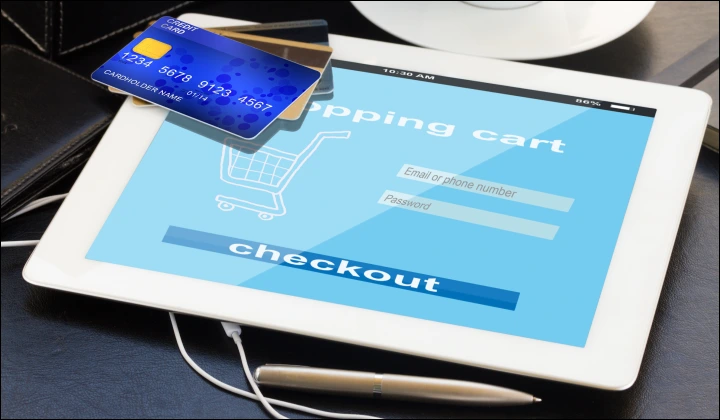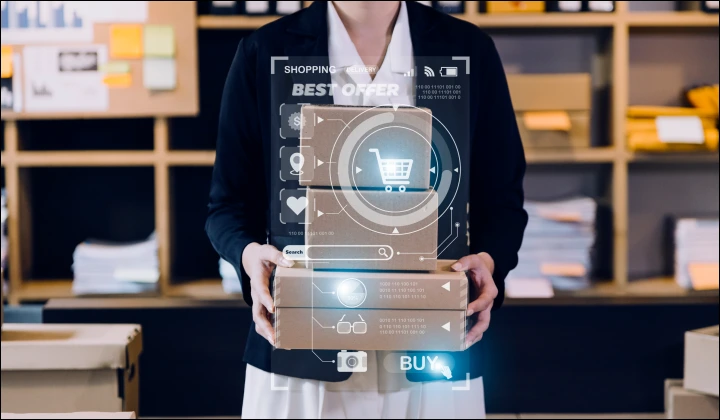1️⃣ Predictive Modeling: A Statistical technique that uses historical data to predict future outcomes or behaviors.
2️⃣ Return Propensity Model: A machine learning model that estimates the likelihood of a purchased item being returned based on product, customer, and transaction attributes.
3️⃣ Elasticity Modeling: A method to measure how demand changes in response to pricing changes across products, segments, or regions.
4️⃣ LSTM (Long Short-Term Memory): A type of neural network used to model time-series data with long-term dependencies, ideal for sales and demand forecasting.
5️⃣ Reinforcement Learning: An ML approach where an agent learns to make decisions by trial and error to maximize long-term rewards.






 11 mins
11 mins











 Talk to Our
Consultants
Talk to Our
Consultants Chat with
Our Experts
Chat with
Our Experts Write us
an Email
Write us
an Email





